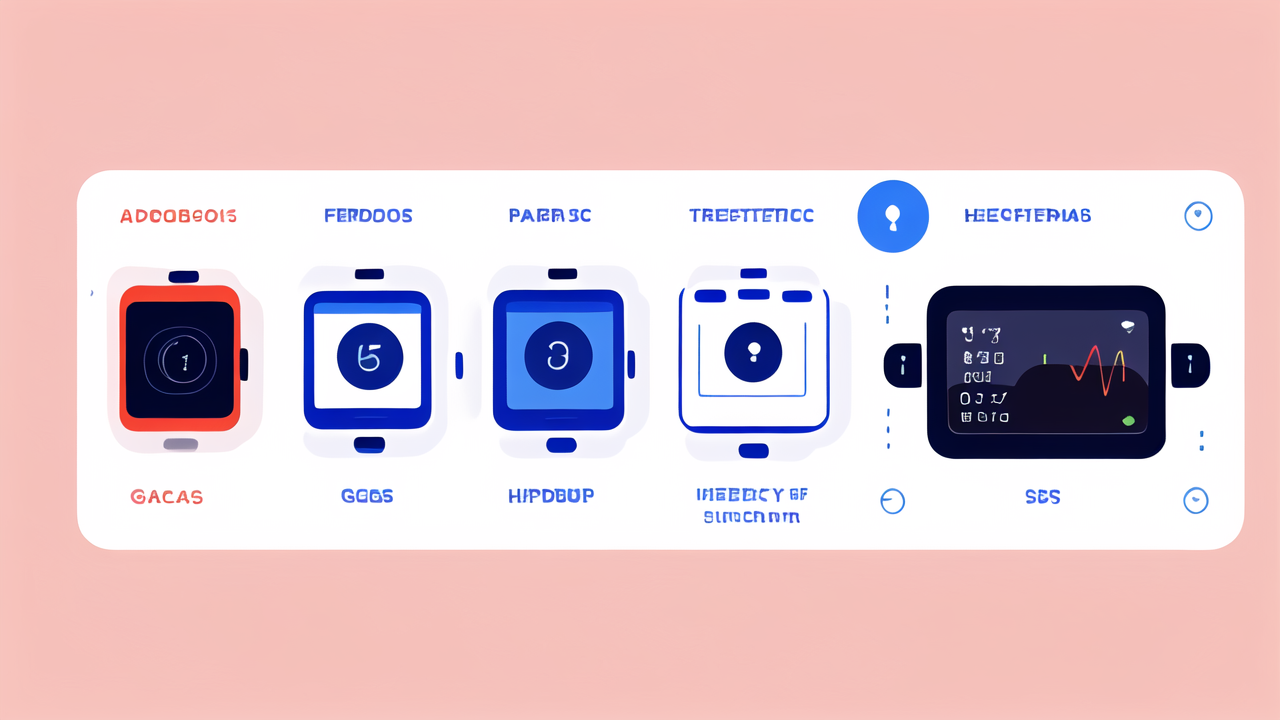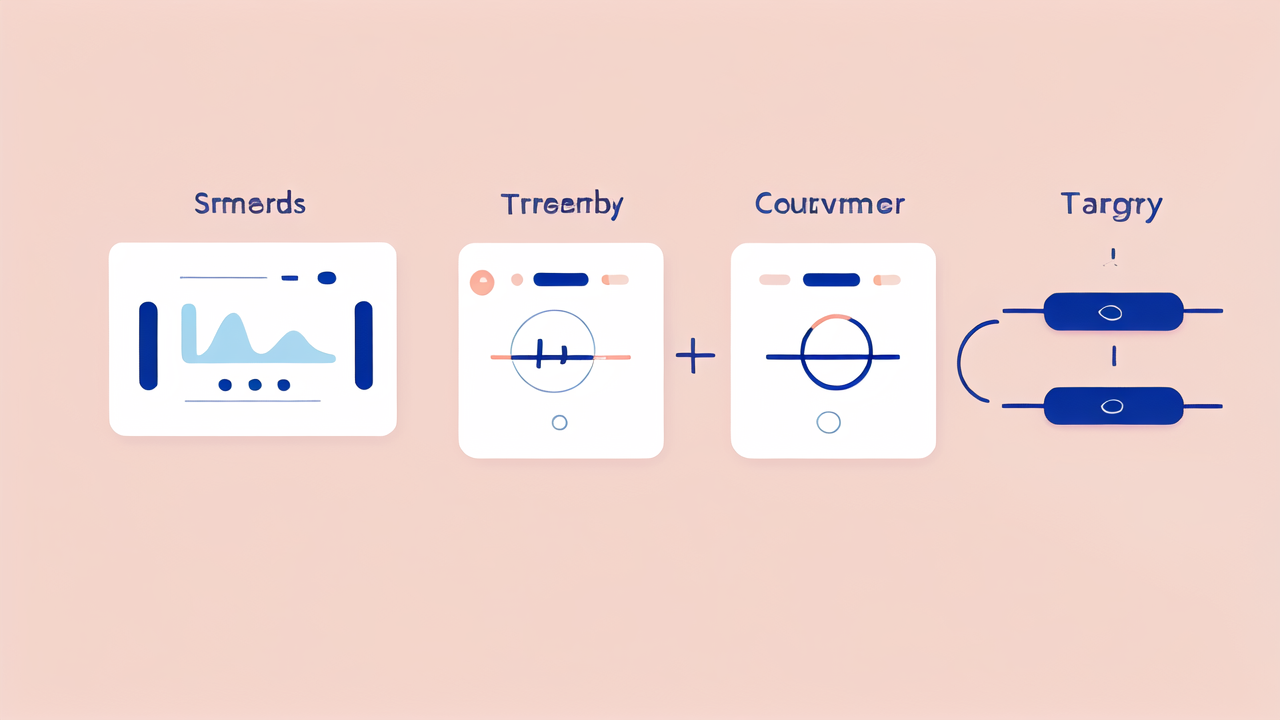Evolution of Fitness Tracking Technologies
The Origins of Fitness Wearables
Fitness wearables have come a long way since their inception. The first devices were simple pedometers. They counted steps and estimated distance walked. These early trackers were basic but laid the groundwork for future innovations.

As technology advanced, so did fitness wearables. Heart rate monitors became popular among athletes. They offered more precise data on workout intensity. The introduction of GPS in wearables was a game-changer. It allowed for accurate tracking of runs and cycling routes.
The real breakthrough came with the rise of smartphones. This led to the development of apps that could sync with wearable devices. Users could now view their fitness data on their phones. This made tracking progress and setting goals much easier.
Technological Advancements in Modern Fitness Trackers
Modern fitness trackers are a far cry from their predecessors. They now incorporate a wide range of sensors. These include accelerometers, gyroscopes, and bioimpedance sensors. These allow for more accurate and diverse measurements.
Today's trackers can monitor heart rate, sleep patterns, and even stress levels. Some can detect specific activities automatically. Swimming, cycling, and running are just a few examples. Advanced models even measure blood oxygen levels and ECG readings.
Battery life has also improved significantly. Many trackers can now last a week or more on a single charge. This makes them more convenient for continuous wear. Waterproofing has become standard, allowing for use during swimming and other water activities.
The Impact of AI and Machine Learning on Fitness Tracking
AI and machine learning have revolutionized fitness tracking. These technologies analyze vast amounts of user data. This allows for personalized insights and recommendations. Trackers can now learn from your habits and adjust goals accordingly.
AI algorithms can detect patterns in your activity and sleep data. This helps identify potential health issues early. Some trackers can even predict your stress levels based on heart rate variability. Machine learning models improve over time, offering increasingly accurate predictions.
These advancements have made fitness trackers more than just step counters. They've become comprehensive health monitoring devices. Many can now offer actionable advice to improve overall wellness. This shift has made them valuable tools for both fitness enthusiasts and healthcare professionals.
The Market Landscape for Fitness Trackers in the United States
Key Players and Their Market Strategies
The fitness tracker market in the US is dominated by a few key players. Fitbit, Apple, and Garmin are among the top brands. Each has its own unique strategy to capture market share. Fitbit focuses on affordable, user-friendly devices for the mass market. Apple integrates fitness tracking into its broader ecosystem of products. Garmin targets serious athletes with advanced features and rugged designs.

Newer entrants like Xiaomi and Huawei are gaining ground with budget-friendly options. They offer competitive features at lower price points. Samsung is leveraging its smartphone user base to promote its Galaxy Fit line. These companies are constantly innovating to stay ahead in the competitive market.
Many brands are now focusing on partnerships with health insurers and corporate wellness programs. This strategy aims to expand their reach beyond individual consumers. It also positions fitness trackers as essential health tools rather than just gadgets.
Consumer Demographics and Fitness Tracker Adoption Rates
Fitness tracker adoption varies across different age groups and demographics. Millennials and Gen Z are the most likely to use these devices. They value the tech-savvy approach to health and fitness. However, older adults are increasingly embracing fitness trackers for health monitoring.
Women tend to be slightly more likely than men to use fitness trackers. This is partly due to a greater interest in tracking overall wellness, not just exercise. Higher income and education levels also correlate with higher adoption rates.
Urban dwellers show higher adoption rates compared to rural areas. This is likely due to greater exposure to technology and fitness trends. However, the gap is narrowing as awareness spreads and prices become more accessible.
Analysis of Market Trends and Future Outlook
The fitness tracker market continues to grow, with no signs of slowing down. Integration with smartphones and smart home devices is becoming more seamless. This enhances the overall user experience and utility of fitness trackers.
There's a growing trend towards more comprehensive health monitoring. Future devices may include features like blood glucose monitoring and hydration tracking. This could expand the market into medical-grade devices for chronic disease management.
Privacy and data security are becoming increasingly important to consumers. Companies that prioritize these aspects may gain a competitive edge. The future may see more emphasis on local data processing to address these concerns.
Customization and personalization are likely to be key focus areas. AI will play a bigger role in providing tailored insights and recommendations. The line between fitness trackers and smartwatches may continue to blur. This could lead to more versatile devices that serve multiple purposes.
Technological Innovations and Consumer Demands
Innovations Shaping the Future of Fitness Trackers
The future of fitness trackers is being shaped by cutting-edge innovations. One exciting area is the development of flexible, stretchable sensors. These could lead to more comfortable, fabric-like wearables. Imagine a fitness tracker that feels like part of your clothing.

Advanced biometric sensors are another frontier. Some companies are working on non-invasive blood glucose monitoring. This could be a game-changer for diabetics. Others are exploring sweat analysis for hydration and electrolyte tracking.
Energy harvesting technologies are also emerging. These could potentially eliminate the need for regular charging. Devices might be powered by body heat or movement in the future. This would make fitness trackers even more convenient for continuous wear.
Consumer Demand for Advanced Fitness Features
Consumers are increasingly demanding more from their fitness trackers. Basic step counting is no longer enough. Users want detailed insights into their overall health and fitness. This includes advanced sleep analysis, stress monitoring, and recovery metrics.
There's growing interest in features that go beyond physical fitness. Mental health tracking is becoming more important. This includes mood tracking and guided meditation features. Some users are looking for trackers that can monitor environmental factors. Air quality and UV exposure are examples of this.
Personalization is a key demand. Users want devices that can learn their habits and provide tailored advice. There's also interest in social features that allow for competition and motivation among friends.
How Health and Wellness Trends Influence Fitness Tracker Features
Health and wellness trends have a significant impact on fitness tracker development. The rise of mindfulness has led to the inclusion of meditation and breathing exercises. Many trackers now offer guided sessions and stress-reduction techniques.
The focus on holistic health has expanded the scope of what trackers monitor. Sleep quality is now considered as important as daytime activity. Some devices track menstrual cycles and fertility windows. This reflects the growing interest in women's health tech.
The trend towards data-driven health decisions is influencing tracker features. More devices are offering detailed health reports and trend analysis. Some can even share data directly with healthcare providers. This aligns with the movement towards preventative healthcare and personalized medicine.




Leave a comment
This site is protected by hCaptcha and the hCaptcha Privacy Policy and Terms of Service apply.